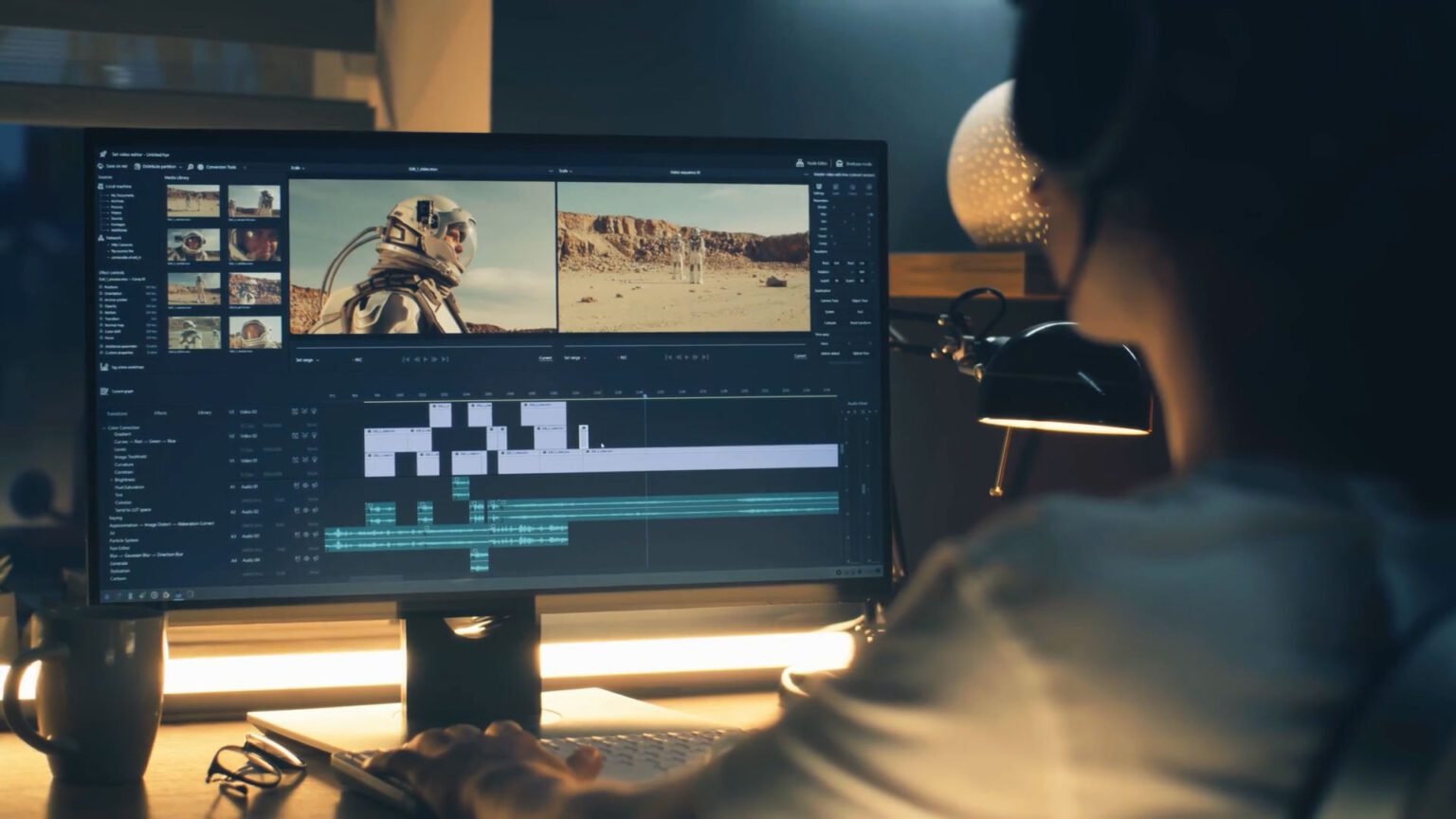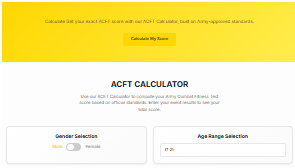In 2025, short videos will continue to dominate social media. From TikTok and YouTube Shorts to Instagram Reels and Facebook Stories, every platform is prioritizing bite-sized content that grabs attention instantly. If you’re looking to grow your brand, build an audience, or simply express your creativity, learning how to create viral short videos is an essential skill.
The good news? You don’t need expensive equipment or a massive production team. With the right strategy, creativity, and tools, you can create viral videos that reach millions. In this guide, we’ll explore proven techniques to make your videos go viral — step-by-step.
1. Understand What Makes a Video Go Viral
Before jumping into editing and posting, it’s crucial to understand the psychology behind viral videos. Viral content is not just about luck — it’s about emotion, timing, and connection.
✅ Key Traits of Viral Short Videos:
- Emotionally Engaging: Videos that evoke strong emotions — laughter, surprise, inspiration, or empathy — get shared more often.
- Relatable: People love content that feels personal or mirrors real-life situations.
- Simple & Clear: A short video should deliver its message within seconds.
- Fast-Paced: Quick cuts, dynamic visuals, and energy keep viewers hooked.
- Trendy: Viral videos often align with current challenges, memes, or trending sounds.
Remember: people don’t just watch videos; they share emotions. Make your audience feel something — and they’ll do the marketing for you.
2. Start with a Powerful Hook
The first 2–3 seconds of your video determine whether people keep watching or scroll away. That’s why a strong hook is non-negotiable.
💡 Examples of Effective Hooks:
- “You won’t believe what happened next…”
- “Here’s the trick no one talks about…”
- “This is how I [achieved something amazing] in 30 seconds.”
- A quick visual surprise (e.g., a transformation, unexpected shot, or reaction).
Start with something intriguing, emotional, or bold — and your audience will stay to see what happens next.
3. Tell a Story — Even in 15 Seconds
Storytelling isn’t just for long videos or movies. Even a 10-second clip can tell a compelling story when structured properly.
📖 Use the Mini-Story Formula:
- Hook: Capture attention (first 2 seconds).
- Build-Up: Introduce a relatable situation or setup.
- Climax: Deliver the twist, result, or punchline.
- Payoff: End with a strong emotion or message.
For example:
“I tried this editing hack for 7 days — and my videos started going viral.”
That’s a story packed into one sentence.
4. Focus on Visuals and Energy
Short videos rely heavily on visual storytelling. Unlike long videos, you don’t have time to explain everything — your visuals must do most of the talking.
🎥 Tips for Visual Impact:
- Use bright lighting and clean backgrounds.
- Keep your face centered (especially for Reels or TikToks).
- Add quick cuts — no single shot should last too long.
- Use zoom-ins, transitions, and movement to add energy.
- Avoid cluttered visuals that distract from the main message.
The goal is to make your viewer’s brain say: “Wait, what was that? Let me watch again.”
5. Leverage Trending Sounds and Hashtags
Every viral short video uses one thing in common — trends. Using popular sounds, filters, or challenges increases your visibility on the platform’s algorithm.
🔊 Pro Tips:
- Explore the “For You” or “Reels” feed daily to spot trends early.
- Use trending audio but add your unique twist.
- Avoid overused hashtags — mix popular ones (#fyp, #reels, #viralvideo) with niche-specific ones (#editingtips, #vloglife).
- Don’t copy trends blindly; adapt them to your style or niche.
6. Keep It Short and Snappy
Even though platforms allow videos up to 60 or 90 seconds, the sweet spot for virality is 15–30 seconds. The shorter your video, the more likely people are to watch till the end — and even rewatch.
A high watch time signals the algorithm that your content is engaging, boosting its reach.
⏱️ Formula for Watchable Shorts:
- 0–2s: Hook
- 3–10s: Story or setup
- 11–20s: Payoff or result
- 21–30s: CTA or punchline
7. Edit Smartly (Not Heavily)
Editing can make or break a short video. You don’t need Hollywood-level editing — but you do need clean, catchy cuts that enhance the message.
If you already have long videos (like vlogs, interviews, or tutorials), you can use modern AI tools like LongShort Clip to automatically extract the best moments and turn them into short viral clips. This saves hours of manual editing and ensures you never miss a highlight.
🎬 Editing Tips for Viral Content:
- Add captions — most users watch videos without sound.
- Use text overlays to highlight important moments.
- Sync cuts with the beat of the background music.
- Use jump cuts to maintain energy and avoid dull pauses.
- Keep the pacing consistent — no slow or dragging parts.
8. Post at the Right Time
Even the best video can flop if posted at the wrong time. Timing plays a huge role in how your video performs.
📅 Best Posting Times (General Averages):
- TikTok: 6 PM – 10 PM (local time)
- Instagram Reels: 12 PM – 3 PM & 7 PM – 9 PM
- YouTube Shorts: 5 PM – 8 PM
- Facebook Reels: 9 AM – 12 PM
Always check your analytics to see when your audience is most active — every niche is different.
9. Include a Call-to-Action (CTA)
Want more engagement? Tell your viewers what to do next.
💬 Examples of Effective CTAs:
- “Follow for more tips like this!”
- “Comment ‘YES’ if you agree!”
- “Tag a friend who needs to see this!”
- “Watch till the end — you’ll thank me later!”
Even simple CTAs can boost likes, comments, and shares — which fuels the algorithm to show your video to more people.
10. Be Consistent and Experiment
Going viral is often a numbers game. The more videos you post, the higher your chances of hitting that one perfect formula.
🚀 Consistency Tips:
- Post at least 3–5 videos per week.
- Track performance using analytics.
- Double down on what works and drop what doesn’t.
- Try different formats — tutorials, reactions, challenges, mini-stories.
Remember: Consistency builds recognition — and recognition leads to followers, engagement, and eventually… virality.
11. Analyze and Improve
Once your videos are live, don’t just move on. Take time to analyze what worked and what didn’t.
📊 Look for patterns in:
- Watch time (are viewers staying till the end?)
- Engagement rate (likes, comments, shares)
- Audience retention (where do people drop off?)
- Trending topics (which formats get the most reach?)
The more data you collect, the better you’ll get at predicting what can go viral next time.
12. Don’t Chase Virality — Create Value
Finally, remember this: the best viral videos aren’t made for the algorithm, they’re made for people.
Instead of trying too hard to “go viral,” focus on creating value, emotion, or entertainment.
If your content genuinely helps, inspires, or entertains your audience, the virality will come naturally.
Final Thoughts
Creating viral short videos in 2025 isn’t just about luck — it’s about strategy, creativity, and consistency. Use trends wisely, craft strong hooks, edit smartly, and tell stories that make people feel something.
And if you already have long videos sitting in your library, don’t let them go to waste. Use an AI video editing tool (like LongShort Clip) to quickly turn them into engaging short clips that are ready to go viral — no editing skills required.




Leave a Reply